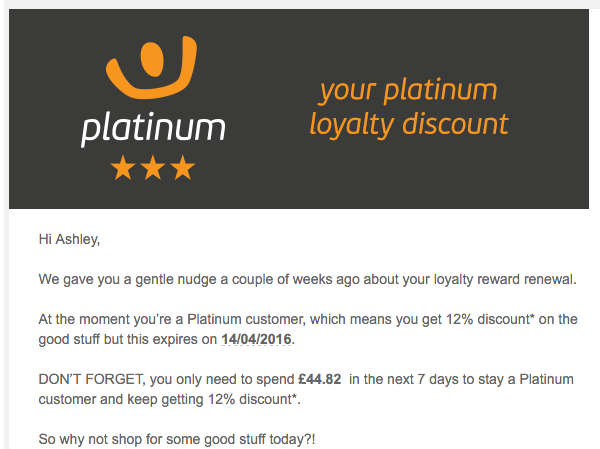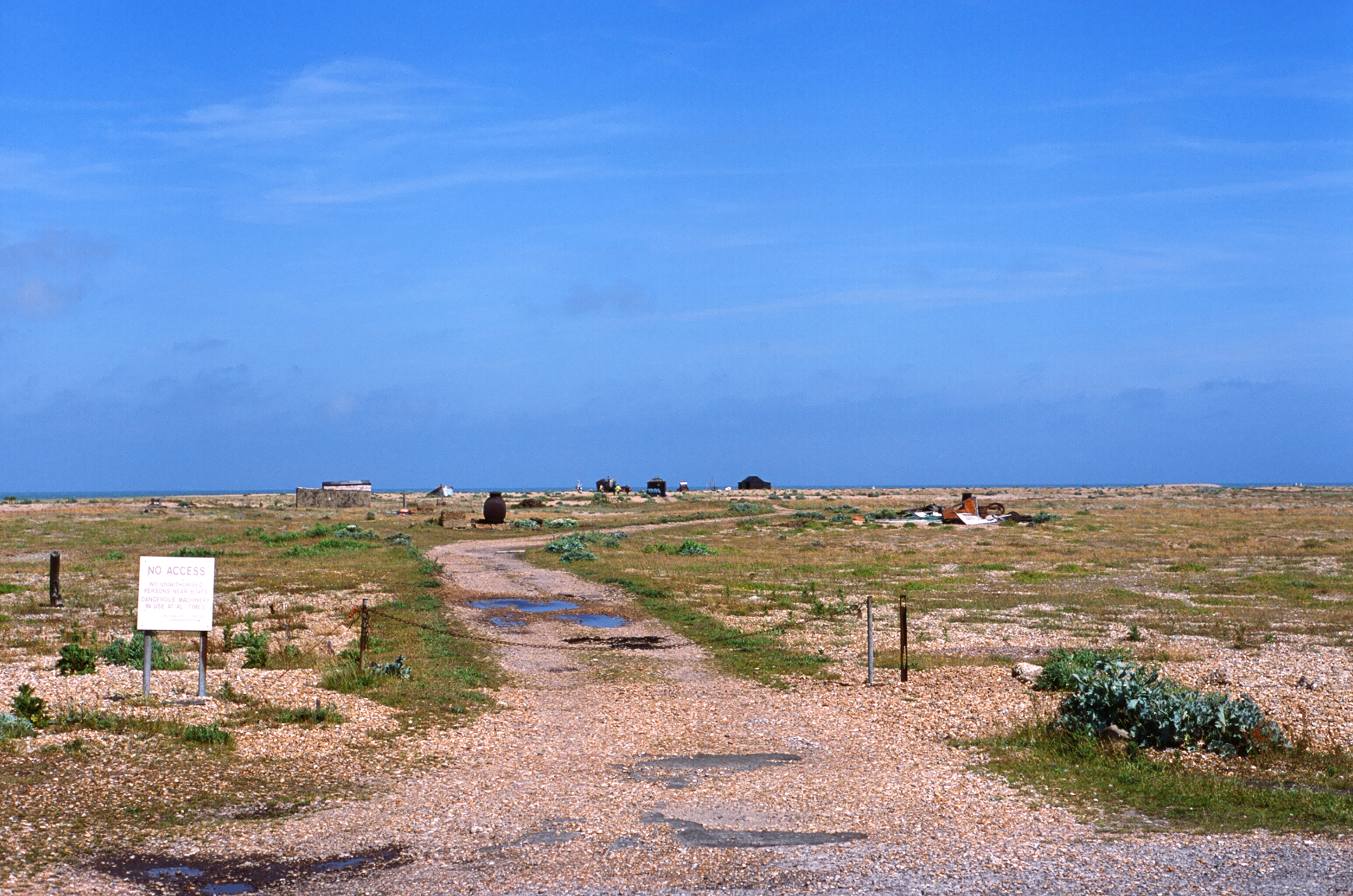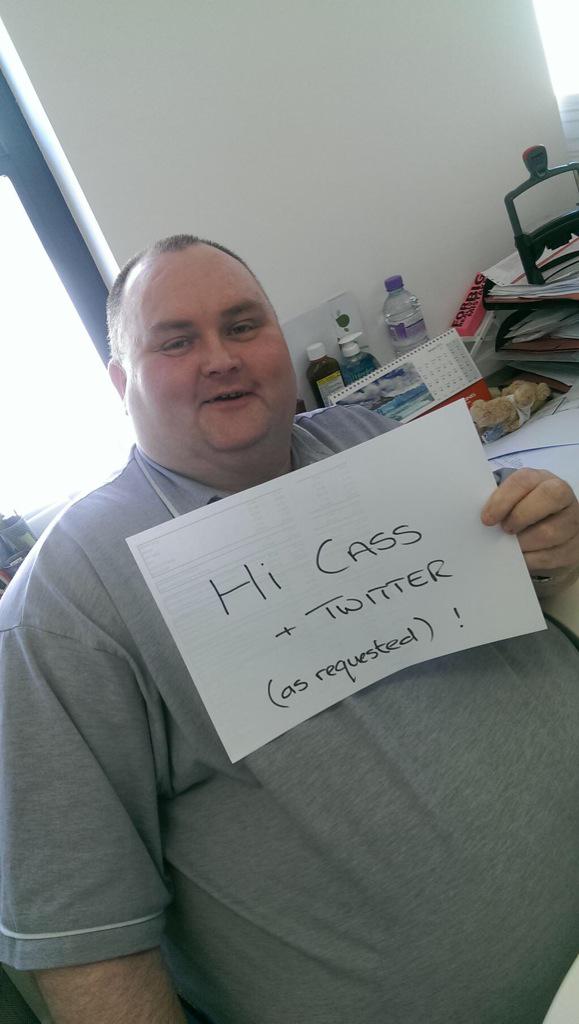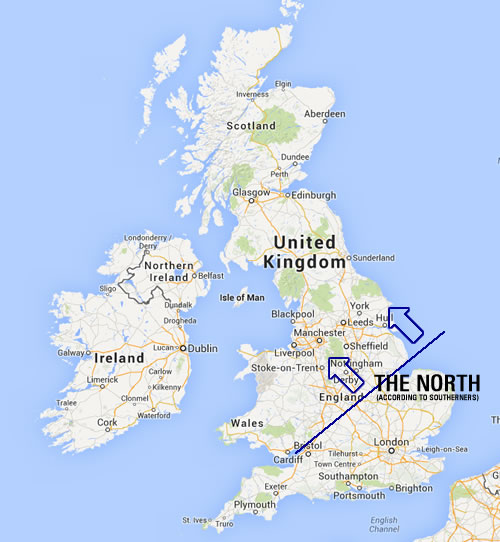Everyone I know who works in-house at a cultural organisation is ridiculously, demonstrably, upsettingly time-poor.
When I worked in-house I watched with dismay as colleagues floundered under never-ending to-do lists (someone’s reached 7xA4 pages at one point, which seemed a bit silly). Now I work for an agency with a lot of cultural clients I’m often trying to work out solutions that’ll save people time and effort and free them up a bit to do some planning and *gasp* personal and professional development and generally feel a bit less beleaguered, noone likes feeling beleaguered.
I wrote an article for the AMA earlier this year looking at ‘future trends’ which is obviously a fool’s errand, however one of the things I touched on was automation and how it could be utilised to make your life a bit easier. Because frankly lots of people spend lots of time doing stuff that is very boring and could just as easily (and probably more efficiently) be done by someone else, especially if that someone else is a computer, computers are great at doing boring things.
But yeah, yeah, that all sounds great and a bit complicated and frankly you probably don’t have time to put any of it into practice, right? WRONG. Stopit, take 5 minutes, read this post, and do some of these things and save yourself some time. Jeez.
Not only will this save you the actual time it takes to do some of these things, it will also go some way to alleviating the constant nagging worry and stress that starts to build up when you know you’ve got a to-do list you’re never going to see the end of.
This is also NOT AN EXHAUSTIVE LIST, I’m just trying to outline some solutions to some of the most common problems I see. I think there are enough tools here to cobble together a fix for most situations. Never underestimate the power of a good bodge.
Social media activity
You’re probably already familiar with tools like Tweetdeck, Buffer and Hootsuite which allow you to schedule social media activity (also lots of platforms now have scheduled posting built in). Obviously this isn’t something you’d want to completely automate but there is likely to be some that you can, so do!
Digital marketing campaigns
Digital marketing used to be a bit of a dark art, now – with some many campaigns taking place predominantly across social media channels and adwords, you can automate much of the optimisation that you used to pay an agency for (or spent lots of time monitoring and doing).
Tools like Opteo and Adespresso (which is made by the same people as Hootsuite) seem to offer a pretty cost-effective solution (caveat: I’ve not used either personally but have heard positive things about both) so they must be worth a go.
Data analysis and reporting
Cultural organisations do slowly seem to be waking up to the value of reporting on all their activity, unfortunately this means that someone has to pull these reports. Often this will mean having to log into lots of different systems and extract lots of different reports in lots of different systems and then try to collate them all into a master report that may not even get read. Ugh, rank.
So, enter dashboards, dashboards are fun for lots of reasons but mostly they make reporting far more straight-forward and you can link them up to live data feeds. A tool like Google Data Studio is great and free and pretty easy to use for most types of reporting you’ll want to do (from fairly simple stuff to more complex bits and bobs), however it’s easiest to use if you’re linking together Google products, which means finding a way of getting data out of the various platforms you’re trying to report on and into Google Sheets, I’ve come across two tools that does this pretty well: Blockspring and Supermetrics, there’s an article comparing the two here.
You can also schedule reports in Google Analytics, which is helpful
Image processing
This isn’t, strictly-speaking, automation but everyone seems to spend an inordinate amount of time processing images, that’s silly. Especially when it’s simply editing around resizing and optimising for the web. We use ImageOptim (a lot) at Substrakt. And the ever-helpful Chris Unitt has pointed out that Cloudinary is good too.
Emails (specifically transactional emails and lists)
Most email platforms and CRM systems will enable you to set up automatic segmentation (to varying degrees of complexity) of your customers based on specific behaviours, or the origin of the customer, etc. This is probably a bit of a rabbithole and generally I’d recommend keeping to the KISS rule of thumb but if you’re not making use of these tools then you’re probably making your life harder than it needs to be.
Also lots of these email tools will enable you to set up activity that’s triggered by specific conditions being met e.g. a new customer signing up, or an anniversary of them signing up, or their birthday, or someone completing a purchase, etc. And if they don’t, or you don’t use a system like this then you might be able to put something together with Zapier (or something similar) – more info on that below.
General automation
Tools like IFTTT and Zapier allow you to connect various platforms and services together to trigger actions in one another.
Personally I have an IFTTT applet that puts all of my Discover Weekly tracks into one big playlist (cos I always forget to listen to them at the time) and at Substrakt we use Zapier to link together various services we have (e.g. linking our kanban boards and time tracking software so that we don’t have to manually set up tasks in both).
I’m not going to be too prescriptive about this one because the possibilities are pretty huge but basically if you do a task or action based on something happening in a particular system then that can probably be, to some extent, automated. Zapier have a bunch of case studies on their site that is a good starting point.
Outsourcing
Your time is limited, and valuable. People-per-hour sites like UpWork can be a great and cost-effective way to shift standalone pieces of work (which will often cover lots of the nice-to-have things you’d like to do but are never going to have time to do). Similarly there may be things you’re trying to achieve in-house that it’d make far more sense to shift onto someone else’s plate. You can’t do everything.
Too busy for automation?
I’m not going to pretend all of this stuff can be set up in 5 minutes (although some of it can be). However the time you spend setting up will more than pay for itself.
Once you start using a few of these tools stuff just starts getting done without you having to constantly worry about it. I bet half the things on your to-do list are actually relatively small or straightforward tasks that you just never get around to. Set up some simple systems and these tasks can be ticked off your list, never to return.
Of course it’s not a silver bullet, you’ll never automate everything, but if you can – you should.
In addition, automation will keep getting more sophisticated, especially around the delivery of marketing campaigns. So the sooner you can start making use of it the better chance you stand of being able to make full use of all the tools that’ll soon be available to you.







